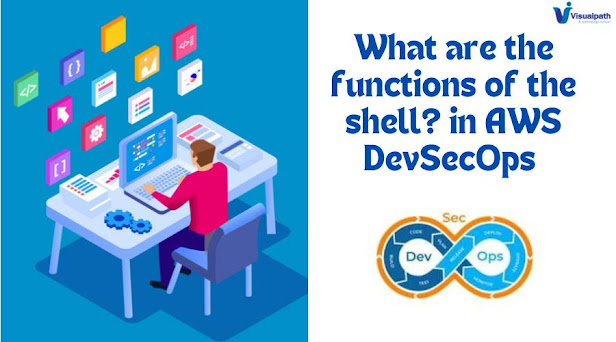What Are AWS DevSecOps Tools?

Amazon Web Services (AWS) provides a comprehensive suite of tools to support DevSecOps, seamlessly integrating security into the software development lifecycle (SDLC). These tools help organizations automate security practices, making security an inherent part of both development and operations. Here are some key AWS DevSecOps tools and their functionalities. Key AWS DevSecOps Tools AWS CodePipeline Function: A continuous integration and continuous delivery (CI/CD) service that automates the build, test, and deploy phases of applications. CodePipeline integrates with various security tools to include security checks at every stage of the deployment process, ensuring that vulnerabilities are caught early. AWS DevSecOps Online Training AWS CodeBuild Function: A fully managed build service that compiles source code, runs tests, and produces software packages. CodeBuild can be integrated with static application security testing (SAST) tools to scan code for vulner...




